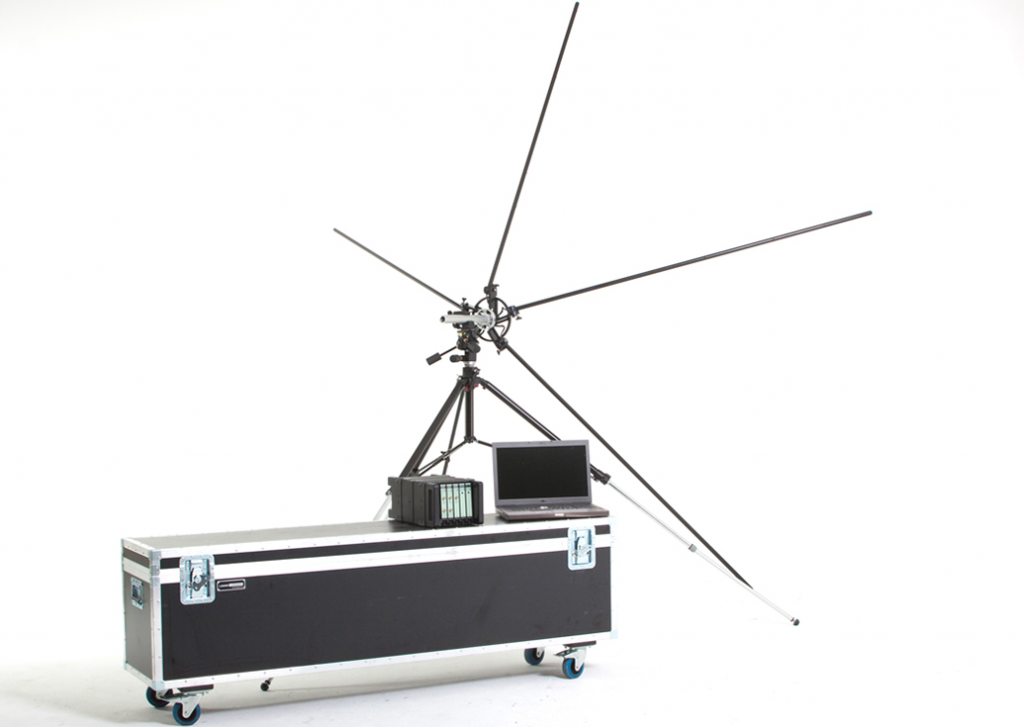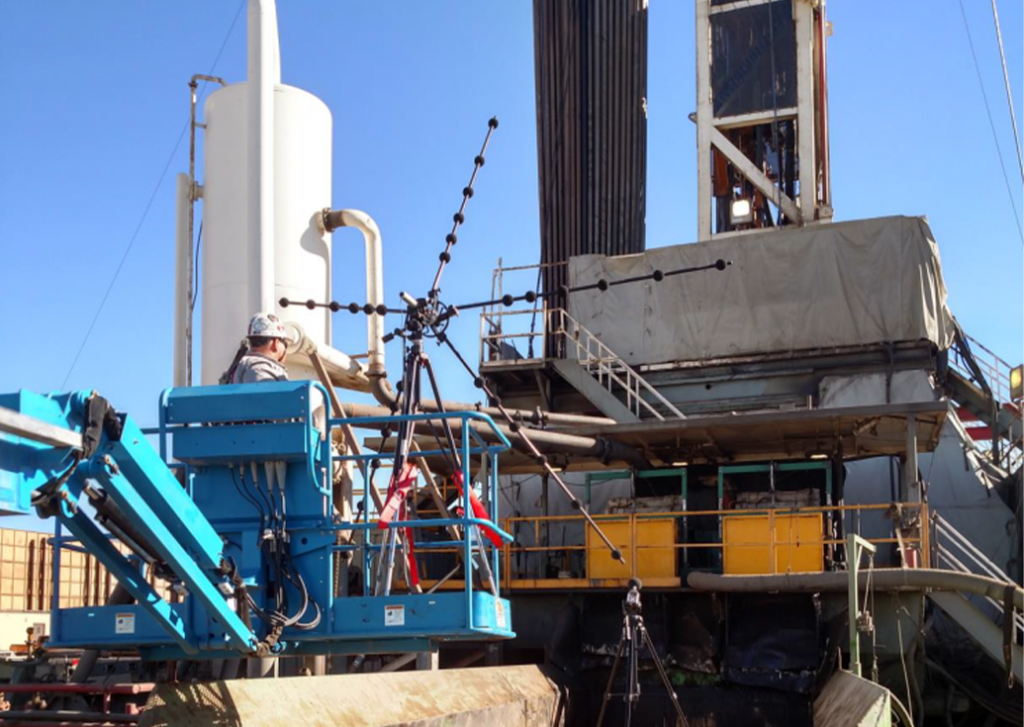What is Acoustic Visualization (Beamforming) & How is it Useful?
Acoustical visualization is an advanced tool to determine where sound is produced visually. Environmental Noise Control, Inc’s technicians typically use acoustical visualization for larger applications such as compressors, large coolers, or noise from buildings.
ENC’s acoustical visualization device consists of 30 microphones and a camera that locates where your equipment is producing the sound. Further analysis can be performed on the acoustical image, including detailed frequency analysis to determine precisely where the noise problem originates. Acoustical visualization is an essential tool that provides a detailed analysis of sound sources where conventional noise measurement methods cannot be used—further expanding ENC’s ability to solve the most complex acoustical issues.
With synchronized contour result maps and spectral charts, Beamforming allows sound visualization and makes it easy to explore the source behavior in terms of frequency and position of noise sources.
Beamforming is an extremely useful tool in sound source localization, helping to identify primary noise sources and sub-sources of engines, fans, compressors, pump components, and other mechanical and electromechanical noise sources.
The noise contour result maps are easy to interpret even without a background in acoustics. With the contour maps, ranking sub-sources becomes easy and leads to efficient and focused noise mitigation designs.
-
Acoustical Visualization at a Glance:
- A fast, accurate sound visualization and measurement tool
- Allows individual sound components of moving objects to be assessed in detail
- Sound mapping using color coding to grade noise contributions
- Automatic synchronization of sound measurement with the captured imagery
- High-resolution mapping of sound intensity, absorption, and reflection
How does Acoustical Visualization (Beamforming) work?
Acoustic Beamforming is a modern sound source localization technique used to identify the source of sound waves passing over a microphone array.
The microphone array is positioned in the far field where sound waves hitting the array are planar waves. As the sound wave passes over the array, a processor uses the difference in arrival times at the fixed microphone positions to determine the sound wave’s direction, frequency content, and intensity. Simultaneously processing all the signals measured by the array allows for determining the sound level and frequency content at any point in front of the array.
The results from a single-shot measurement can then be displayed as a colorful noise level contour map superimposed over an image from a camera centered in the array allowing the user to visualize the sound propagation.
FEATURED PROJECT
Tank Battery Facility
Environmental Noise Control, Inc. was contracted to perform an acoustical beamforming survey and analysis of a tank battery facility in Lompoc, CA, in response to noise complaints by nearby residences.




